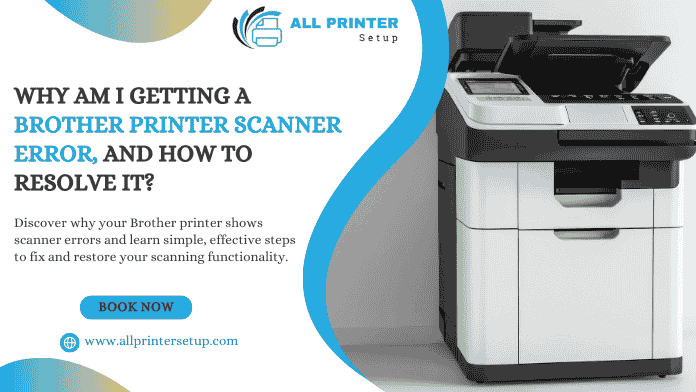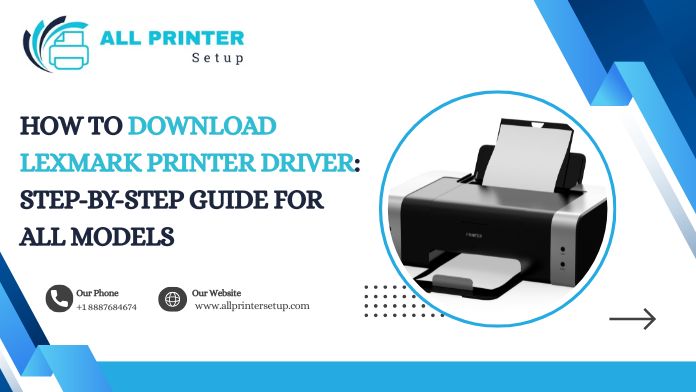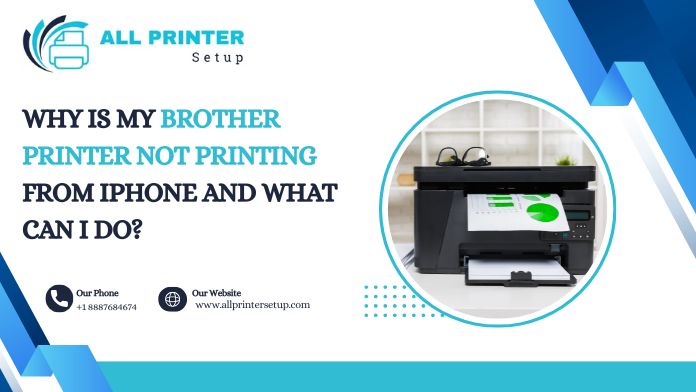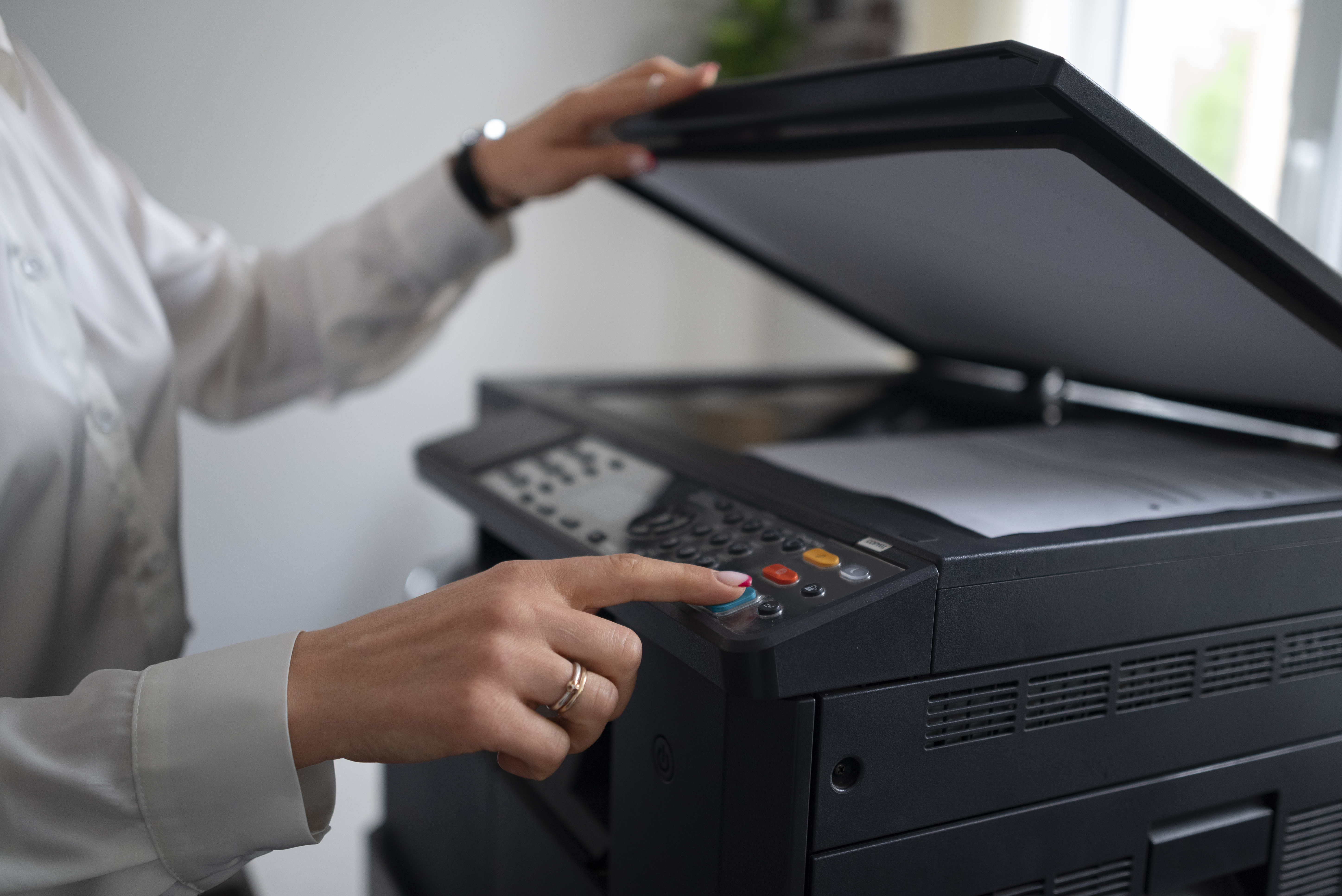 (2).png)
Few things are more frustrating than sending a document to the printer only to find that nothing happens. You check the printer—it's powered on, the paper tray is full, and everything looks fine. Yet, there's no sign of life. If your printer isn’t responding to print commands, you’re not alone. This is one of the most common issues users face with printers, whether at home or in the office. In this blog post, we’ll explore the most likely causes and guide you through how to resolve the issue effectively.
Connection Issues Between Printer and Computer
One of the most frequent reasons for a printer not responding is a connection issue. If you’re using a USB cable, it’s possible that the connection has become loose or the cable itself is damaged. On the other hand, wireless printers often face issues due to dropped network connections or mismatched Wi-Fi networks. If the printer and the computer are not on the same network, they won’t be able to communicate. In many cases, the result is a printer not responding to your commands or simply staying idle without explanation. Sometimes, restarting the router, printer, and computer can re-establish the connection and fix the problem almost instantly.
Printer Is Set to Offline Mode
Another common reason for a printer not responding is that it’s been set to offline mode, either manually or automatically. This can happen after a sudden network change, power interruption, or a system update. When a printer is offline, it won't receive or process any print commands until it's brought back online. As a result, users often assume the printer is broken when, in reality, it’s simply not communicating with the system. Checking your printer settings and making sure the "Use Printer Offline" option is disabled can often resolve this issue and bring the device back to a responsive state.
Print Spooler Service Is Not Working Properly
The print spooler is a background service on your computer that manages all print jobs. If it crashes or becomes stuck due to a corrupted file or system error, new print jobs will not be processed. Restarting the print spooler service or clearing out the print queue can often fix unresponsive printer issues. Sometimes, a single corrupted document can block the entire queue, preventing all subsequent print jobs from going through.
Outdated or Corrupt Printer Drivers
Drivers act as a translator between your printer and operating system. If the driver becomes outdated, corrupted, or incompatible due to a system update, the printer may stop responding altogether. Updating your printer driver through your computer’s device manager or downloading the latest version from the manufacturer’s website can usually restore functionality. Driver-related issues are particularly common when upgrading operating systems, such as moving from Windows 10 to Windows 11.
A Backlog of Print Jobs in the Queue
If your print queue has accumulated a series of pending or failed print jobs, your printer may stop responding to new commands. This often happens when you’ve tried to print multiple times without realizing there was an issue with the first job. Manually opening the print queue and canceling all existing jobs before trying again can give your printer the reset it needs. Restarting the printer afterward also helps in clearing any lingering commands.
The Wrong Printer Is Selected
Many users have more than one printer installed on their system, including virtual printers like “Print to PDF.” In such cases, your computer might send the document to the wrong device. If you don’t notice the mistake, it can seem like your printer is unresponsive. Always check that the correct printer is selected in the print dialog before hitting "Print." You can also set your preferred printer as the default to avoid this problem in the future.
Problems with the Application or Document
Sometimes, the problem doesn’t lie with the printer but with the application you’re printing from. Certain documents can become corrupted or contain incompatible formatting, which prevents them from printing. Try opening the file in another program or printing a different document to see if the issue persists. If another file prints successfully, the problem likely lies with the original document or software.
Printer Firmware Glitches
Printers run on firmware, which occasionally contains bugs or compatibility issues. Manufacturers release firmware updates to fix known issues and improve performance. If your printer hasn’t been updated in a while, it may begin to exhibit problems like unresponsiveness. Visit the manufacturer's website to check for and install any available firmware updates. Be sure to follow the instructions carefully, as firmware updates should be handled cautiously to avoid damaging the device.
Hardware-Related Issues Like Paper Jams or Low Ink
In some cases, the reason your printer isn’t responding is due to a physical issue such as a paper jam, an empty paper tray, or low ink or toner levels. Some printers are programmed to halt all operations until these conditions are resolved. Even if no error message appears, it’s worth inspecting the device for flashing lights, warning indicators, or messages on its display panel. Replacing the ink, removing jammed paper, or closing open compartments can restore your printer to working condition.
Preventive Tips to Avoid Future Printer Issues
Keeping your printer running smoothly often comes down to simple maintenance and good habits. Regularly updating your drivers and firmware ensures compatibility with your operating system. Restarting your printer and clearing the print queue occasionally can prevent build-up issues. It’s also a good idea to clean the print heads and rollers, especially if you notice print quality issues or paper feeding problems. Setting your preferred printer as the default and keeping your Wi-Fi network stable also helps avoid unnecessary confusion and downtime.
When to Seek Professional Help
If you’ve gone through all these steps and your printer still won’t respond to print commands, it may be time to seek professional help. The problem could be a more serious hardware malfunction, such as a failed logic board or broken component. If your printer is still under warranty, contact the manufacturer’s support team for assistance. Alternatively, a local technician or service center can help diagnose and repair the issue.
Final Thoughts
A non-responsive printer can bring your work to a grinding halt, but most causes are relatively easy to identify and fix. Whether the issue is a simple connection problem, a driver conflict, or a print queue backlog, a bit of troubleshooting often does the trick. By understanding the common reasons behind this frustrating issue, you can take steps to resolve it quickly and even prevent it from happening again in the future.
If you're still having trouble, expert help is available. Visit All Printer Setup for professional support, guides, and printer setup services tailored to your specific needs.
Was this article helpful?




.png)
.png)
_1728455153.png)
